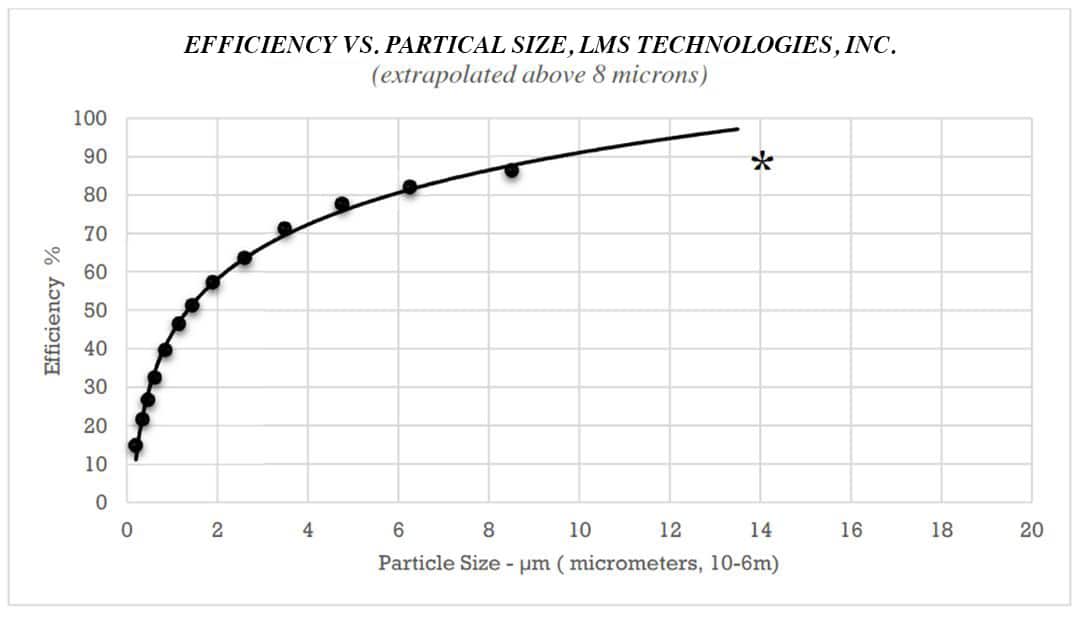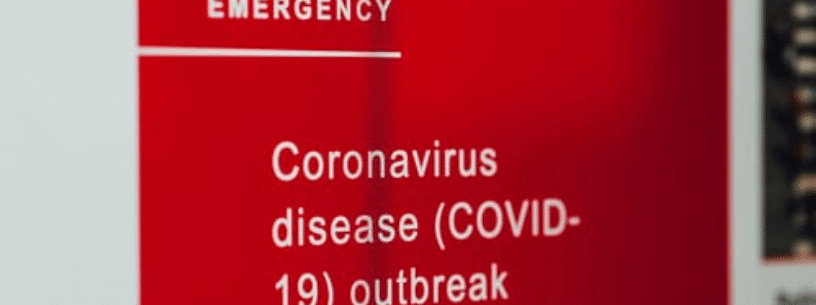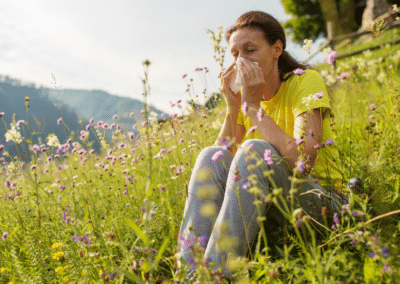As the world races to mitigate the damage caused by COVID-19 and stop the spread, we are getting a lot of questions at O2 asking how our nose filters can fit into each individual’s personal protection plan.
First – a little background on how we get sick!
When a pathogen has an opportunity to enter our body (typically through the eyes, nose, mouth, or a cut), it multiplies until it can overwhelm the body’s immune system. This is known as the ‘incubation period,’ which is why there is a typical time lag between the initial infection and when the person actually shows signs of illness. Your nose is one of the most vulnerable portals for infection. The nasal passages present the perfect warm and moist environment for infectious agents to settle and multiply.
How Are Illnesses Spread?
Live pathogens need moisture to survive. Viruses have a variety of survival mechanisms to retain moisture, a common one being encapsulation – a common strategy used by viruses to protect and deliver their genetic materials. The two primary transmission methods are airborne (when an infected person coughs or sneezes) and physical (you touch someone or something that contains the pathogens on the surface).
Physical Transmission of Viruses
Many pathogens can survive several days or weeks on hard, nonporous surfaces. For example, Norovirus can remain live on surfaces for up to 2 weeks. COVID-19 can remain infectious on inanimate surfaces for up to 9 days. When you touch these surfaces, your hands pick up the pathogens and transfer them to anything else you touch. If you touch your face, you can physically transfer the pathogens and allow them into your system. This is why regularly (and properly) washing your hands and not touching your face are such important keys to controlling the spread of diseases.
Airborne Transmission of Viruses
A cough or sneeze droplet can project whatever pathogen you may have in your system into the air. While viruses and pathogens themselves are extremely small, when they come out in a cough or sneeze, they are contained in those much larger droplets. The viral droplets produced by a sneeze average 360 microns in size, while those produced by a cough average 8.35 microns.

Where Nose Filters Fit In
“A ‘naked’ virus can’t go anywhere unless it’s hitching a ride with a droplet of mucus or saliva . . . these mucus and saliva droplets are ejected from the mouth or nose as we cough, sneeze, laugh, sing, breathe, and talk.” The 3M electrostatic filter material in our filtered nasal dilators captures 65% of particles PM2.5 or larger, 90% of particles PM10 or larger, and the effectiveness rapidly approaches 100% above PM10. This means that when you breathe through your nose, O2 can block the vast majority of those virus-carrying sneeze and cough droplets that are careening through the air.
What Should You Do To Slow The Spread of COVID-19?
STAY HOME! Social distancing, or physical distancing, is the abstinence of infection control. If you’re not exposed to the virus, you’re not going to get sick or potentially pass it on to loved ones. The ideal goal of fighting an epidemic or pandemic is to completely halt the spread. Keeping people apart in time and space with social distancing measures, self-isolation, and actual quarantine decreases opportunities for transmission.
If or when you do need to go out, take preventative measures to be safe:
- Wear a face mak that covers your nose and mouth
- Keep your distance and remain at least 6 feet away from others
- Wash your hands properly and frequently
- Wear O2 Nose Filters in public places such as grocery stores and medical buildings – anywhere you could be walking through someone else’s cloud of germs
Stay aware of the latest information and best practices regarding COVID-19 by visiting the Centers for Disease Control & Prevention (CDC), World Health Organization (WHO), and the National Institutes of Health (NIH) sites.
Save 20% on your first box of O2 Nose Filters using breatheO2



